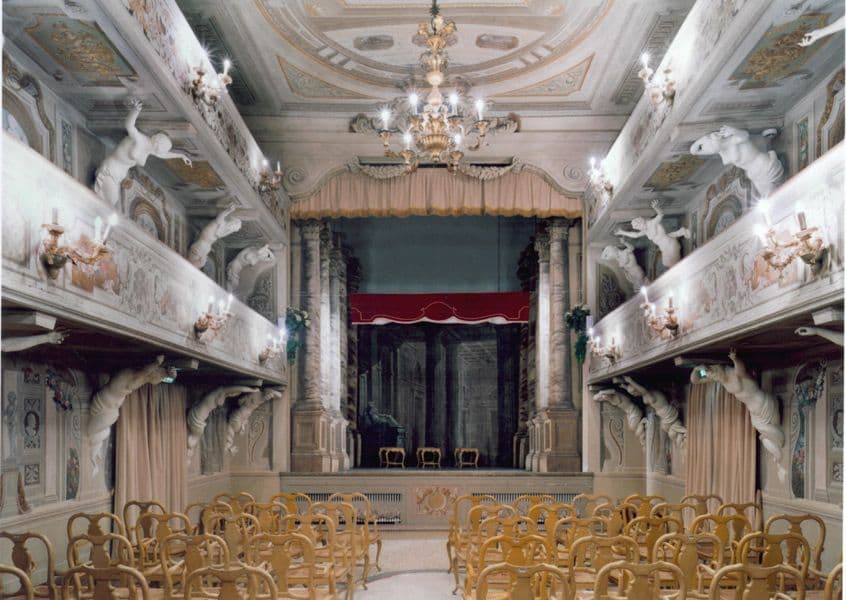Yinka Shonibare CBE (RA)
Year born:
1962
Location:
Born in London, England
Website:
For nearly three decades, Nigerian-British artist Yinka Shonibare CBE (RA) has created works that explore race, class, and history. He is perhaps best known for the colorful, patterned textile designs that appear in his costumes, photographs, and films. These fabrics have a complex significance that has consistently been central to Shonibare’s practice: although the source material has come to represent African identity and heritage, it is in fact Dutch wax-printed cotton, produced in the Netherlands by artisans influenced by Indonesian batiks. The artist explains: Actually, the fabrics are not really authentically African the way people think. They prove to have a crossbred cultural background quite of their own. . . . And it’s the fallacy of that signification that I like. It’s the way I view culture—it’s an artificial construct.(Yinka Shonibare, quoted in Pernilla Holmes, “The Empire’s New Clothes,” ARTnews 101 (October 2002): 118) In his recent film-based work, Shonibare presents costumes made of these distinctive textiles in stunning restagings of scenes from major operas. In doing so, he overlays a postcolonial voice onto some of opera’s most traditional stories. In Addio del Passato (roughly, “Farewell, past”), 2011, he reimagines the French protagonists of Giuseppe Verdi’s 1853 Italian opera La Traviata (The Fallen Woman) as the British Admiral Lord Nelson, a recurrent figure in Shonibare’s work and a classic symbol of Britain’s imperial history. Shonibare parallels the feelings of loss and yearning of Nelson’s wife Frances Nisbet (Fanny), aroused by his scandalous love affair with Emma, Lady Hamilton, with the emotions expressed by the opera’s heroine Violetta on the eve of her death. The British opera singer Nadine Benjamin performs Violetta reimagined as the betrayed Fanny. Wearing a Victorian dress made of Shonibare’s colorful signature fabric, Benjamin sings the heartbreaking aria from the last act of La Traviata, which expresses Fanny’s sorrow as she succumbs to her illness and visions of Lord Nelson’s own melancholy and impending demise flash before her as art-historical death scenes. As an allegory of loss or impending loss, Addio del Passato can been seen as a metaphor for the end of colonial power and patriarchy.
